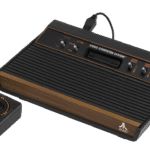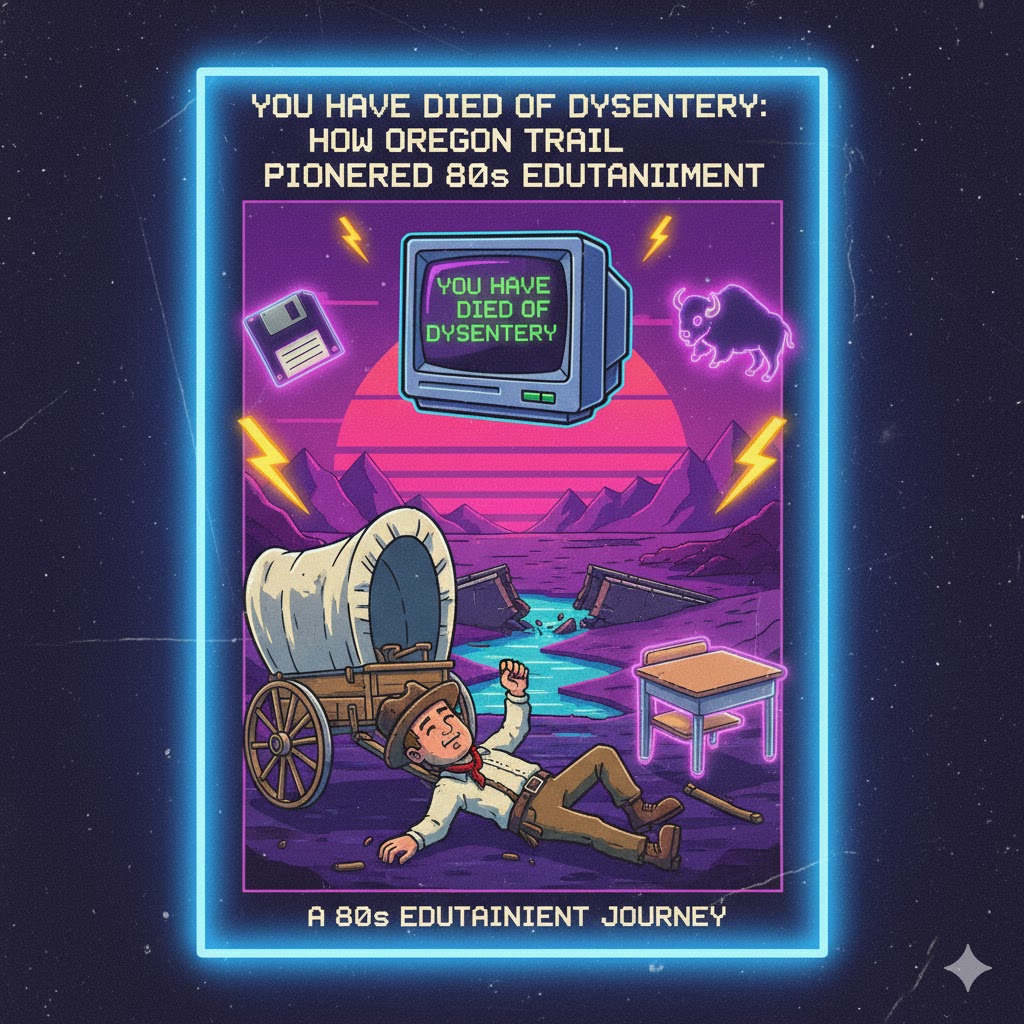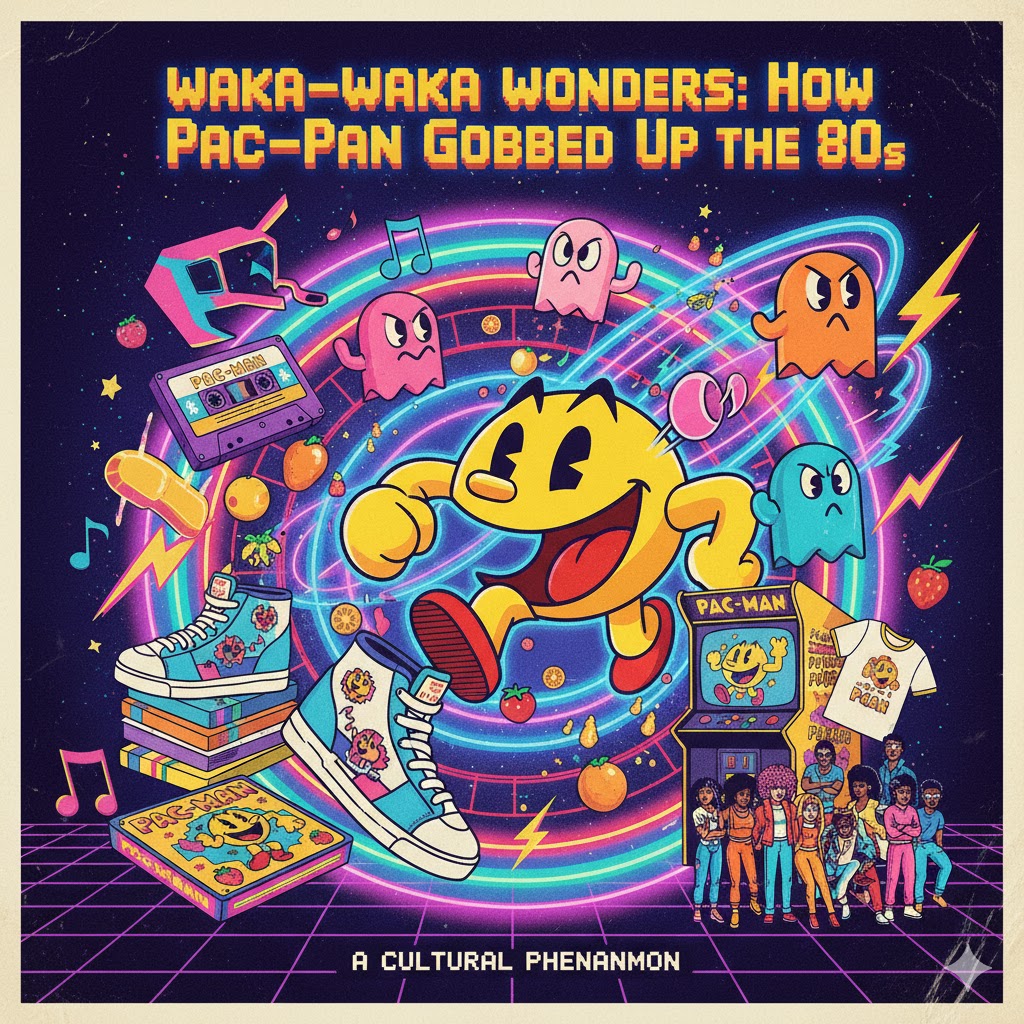 In 1977, a sleek black box with colorful joysticks quietly entered American living rooms, forever changing entertainment: the Atari 2600. Known initially as the Atari Video Computer System, it became the cornerstone of home gaming, introducing millions of people to video games and igniting a cultural revolution that would define the 1980s. Its influence stretched far beyond pixels and cartridges, shaping the decade’s pop culture, inspiring an entire industry, and creating a new kind of leisure activity that blended technology, competition, and imagination.
In 1977, a sleek black box with colorful joysticks quietly entered American living rooms, forever changing entertainment: the Atari 2600. Known initially as the Atari Video Computer System, it became the cornerstone of home gaming, introducing millions of people to video games and igniting a cultural revolution that would define the 1980s. Its influence stretched far beyond pixels and cartridges, shaping the decade’s pop culture, inspiring an entire industry, and creating a new kind of leisure activity that blended technology, competition, and imagination.
The Atari 2600’s appeal was immediate. Unlike earlier, specialized consoles that could only play one or two games, the 2600 utilized interchangeable cartridges, giving players access to dozens of titles. This flexibility transformed the console into a versatile entertainment system, capable of offering a new experience every week. Classic games like Space Invaders, Pitfall!, Adventure, and Asteroids became household names, each introducing unique gameplay mechanics and challenges that captured players’ attention for hours. The console’s joystick and simple button controls were intuitive enough for children but offered layers of mastery for dedicated gamers, creating a wide demographic of users.
By the early 1980s, the Atari 2600 was everywhere. It became a centerpiece of 80s childhoods, appearing in living rooms, advertisements, and holiday gift guides. The system symbolized the exciting intersection of technology and entertainment, a concept that resonated deeply during a decade enamored with gadgets, neon colors, and futuristic visions. Video game cartridges lined store shelves like colorful cassette tapes, and children eagerly traded tips and secrets about high scores, game strategies, and cheat codes. For many, the Atari 2600 was more than a console—it was a passport into new digital worlds and a symbol of status among peers.
The cultural impact of the Atari 2600 extended beyond the games themselves. Television shows, movies, and magazines of the 1980s often featured the console, reflecting its popularity and influence. Commercials portrayed the 2600 as the ultimate source of entertainment, emphasizing its ability to bring arcade-style excitement into the home. Its iconic logo and distinctive joystick became emblematic of the decade, appearing in fashion, music videos, and even on posters. The Atari 2600 helped normalize the idea of video gaming as a mainstream hobby, paving the way for the multi-billion-dollar industry that exists today.
The console also inspired social interaction in ways that were uniquely 80s. Families gathered around the television, competing for high scores or teaming up to tackle cooperative challenges. Children exchanged game tips at school, fostering a community around shared experiences and digital conquests. Video game magazines such as Electronic Games and Video offered strategies, reviews, and news, feeding a growing appetite for gaming culture. The Atari 2600 transformed the way people spent their leisure time, merging the thrill of technological innovation with the joy of play.
Despite its popularity, the Atari 2600 era was not without controversy. The video game market of the early 1980s became flooded with low-quality games, leading to the infamous 1983 video game crash. Titles like E.T. the Extra-Terrestrial and Pac-Man for the 2600, rushed to market and poorly executed, contributed to consumer frustration and a temporary decline in confidence in the industry. Yet, even amidst setbacks, the 2600’s legacy endured. It had introduced a generation to the concept of home gaming, inspired future game designers, and proved that video games could be both a cultural phenomenon and a serious form of entertainment.
The Atari 2600’s influence can also be seen in the design and marketing of subsequent consoles. Nintendo, Sega, and other companies learned from Atari’s successes and mistakes, refining game quality, marketing strategies, and hardware innovations. The concept of cartridge-based gaming, the joystick interface, and the importance of compelling titles all trace their roots back to the 2600. In essence, it laid the foundation for the modern gaming ecosystem, from console wars to competitive gaming communities.
Looking back, the Atari 2600 represents more than nostalgia; it embodies the spirit of the 1980s. It was an era of experimentation, creativity, and excitement about the possibilities of technology. The console captured the imagination of millions, turning ordinary living rooms into arenas of adventure, strategy, and fun. Its colorful cartridges, pixelated graphics, and simple yet addictive gameplay became iconic symbols of a decade that celebrated innovation and playfulness.
Even decades later, the Atari 2600 remains a touchstone for gamers and pop culture enthusiasts alike. Its influence is visible in retro gaming communities, collector circles, and the continued fascination with early video game history. The console proved that technology could entertain, inspire, and unite people across generations, cementing its place as one of the defining cultural icons of the 1980s.
The Atari 2600 did more than introduce video games to the home—it sparked a cultural movement. It bridged the gap between technology and entertainment, created new social experiences, and became a symbol of 80s innovation, play, and imagination. Its legacy endures, reminding us that sometimes, the simplest black box with a joystick and a handful of colorful cartridges can change the world.


